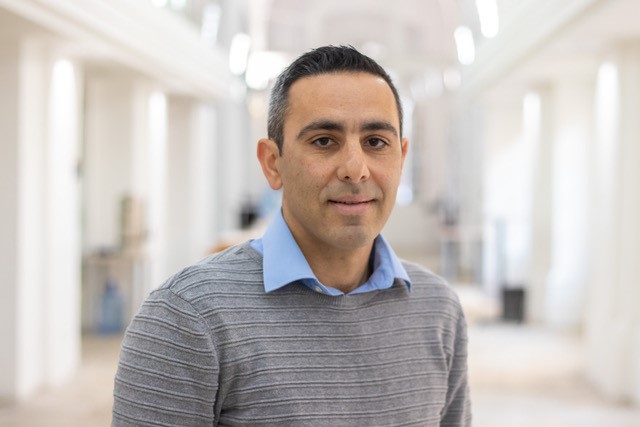Mario Aquilina, University of Malta
Mario Aquilina is a senior lecturer in the Department of English at the University of Malta. He has edited multiple volumes on the history of the essay.

What are some challenges you face editing work from people all over the world?
In Malta, we’ve got two national languages: Maltese, which is my native language, and English. English is an official language, and for many of us, it’s more than a foreign language, it’s a second language. All my editing has been international because the local market is actually on this small island with 500,000 people. You can’t really get a book doing very well in such a little market, so I’ve always worked with international publishers. There are challenges, of course, in terms of different cultural expectations, but I also think there are many opportunities more than challenges
How do you get authors from different countries to comply with a common style?
It’s very important to establish a style sheet early if the publisher doesn’t give it to you. Otherwise, the amount of time that is then taken in order to change a chapter from one style sheet to the other can be immense. When you’re working with a publisher, very often there are demands in terms of what style sheet you’ve got to use. As an editor, you’ve got to be aware of that pretty early. Now, when it comes to looking at the details, what I tend to do is to let the contributors know that we’re using this particular style sheet, and I do look at, minimum, three drafts of a chapter. I start looking at the details of the style sheet by the third draft. It’s also a very good idea to keep a notebook or a sheet to document the individual decisions that you’re taking in relation to the style sheet because no style sheet will really give you everything in terms of all the details. So, you will make decisions, and then you’ve got to be consistent in keeping a document, which records the decisions you’ve taken.
What are some challenges you face editing work from a number of different authors and then putting that work together?
If you are publishing a book, even if it’s an edited book, there must be some common theme, and ideally, the chapters will speak to each other. Now, in an ideal world, every contributor would have the opportunity to read some of the other chapters while they’re being written, and I did encourage that kind of dialogue as much as I could. But it’s unrealistic with people’s timelines to ask them to interact with five or six other chapters. The editor’s work is to make the contributor aware of the scope of the book. I’ve had contributors tell me, ‘Can you please send me over that chapter, this chapter, so I can see what the others are doing?’ That’s a really important part of the editor’s job: coherence between the different chapters fitting into different sections of a book and making the writers aware of the audience that they’re writing for.
What have you learned from the editors who have edited you?
I learned the idea of the editor engaging in a conversation with the writer, not just processing the work of the writer. It’s not just a transaction, it’s a dialogue. I like to think of everything as a collaboration. Sometimes if you don’t know the individual and you write a comment which is critical in a way that is not appropriate, you might lose the trust of that individual, and you’re not going to be able to bring the best out of the writer.
— Carly Calhoun '21